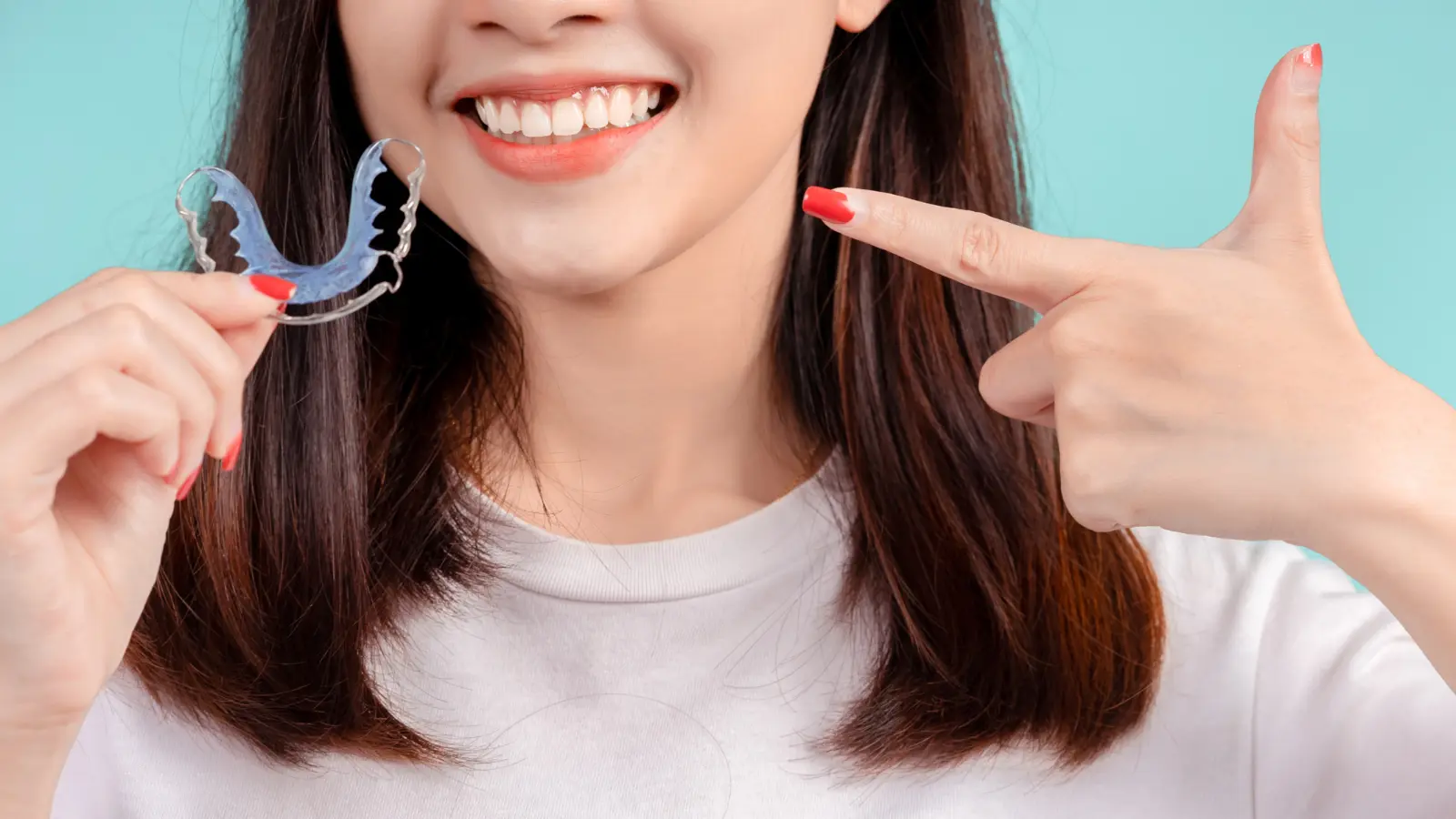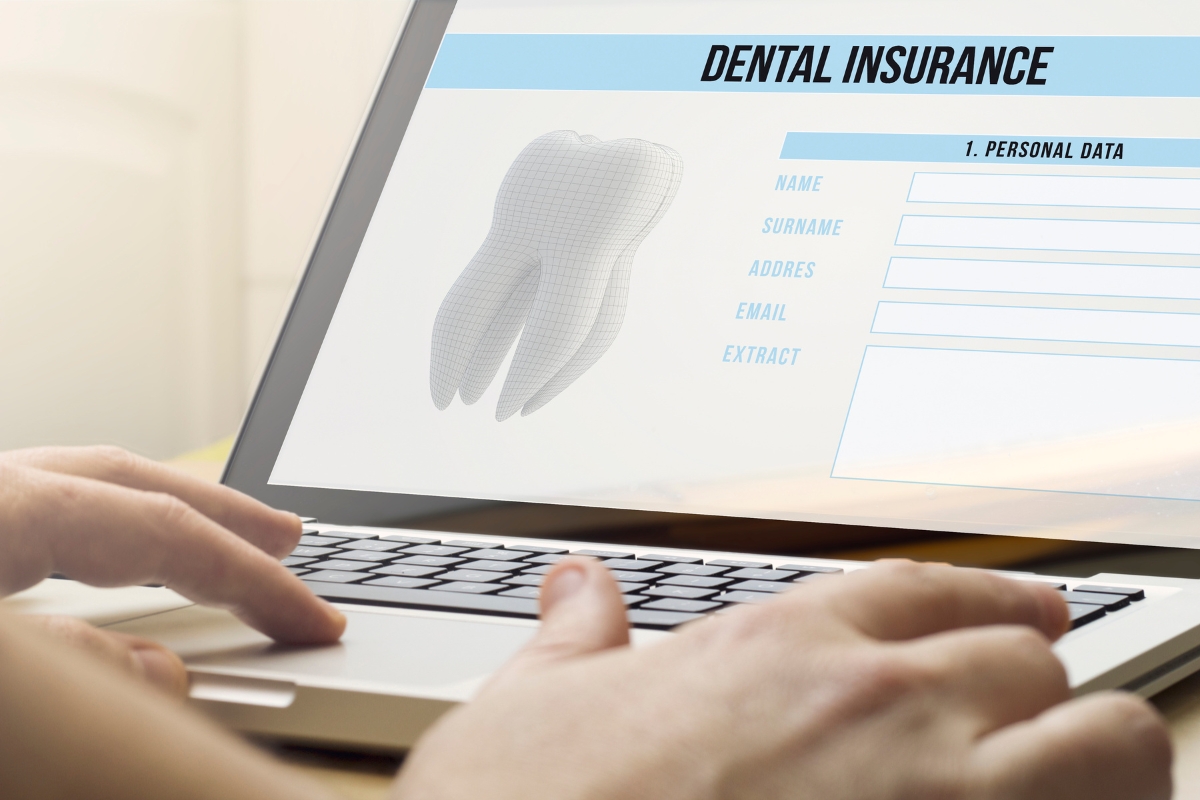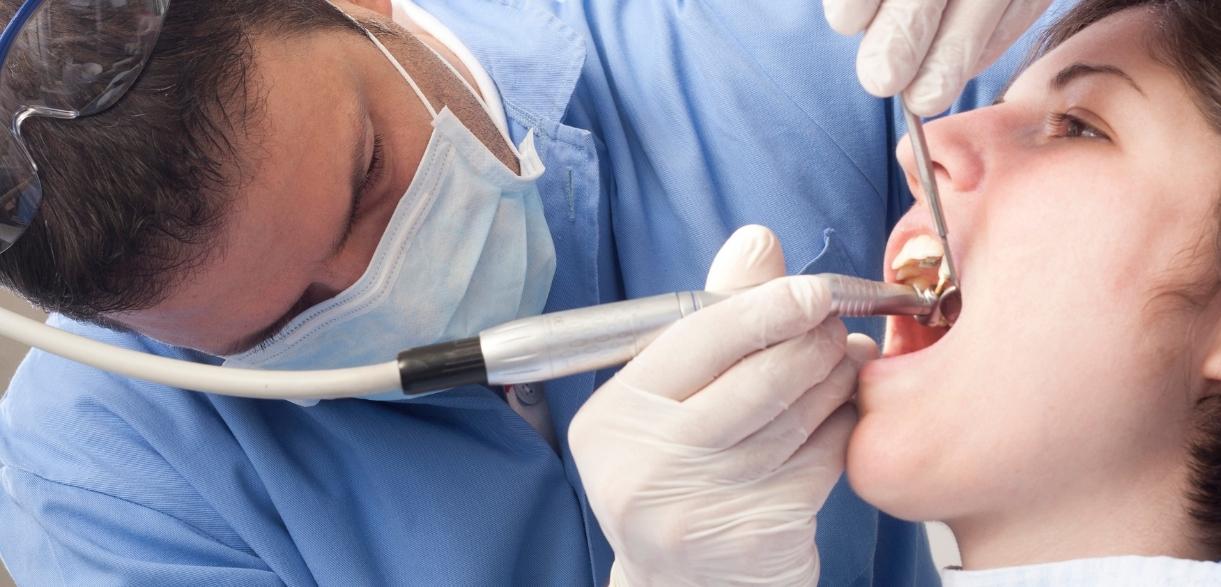Pay Online
Importance of Wearing Your Retainer After Orthodontic Treatment

After months, or even years, of orthodontic treatment, the moment your braces journey ends is cause for celebration. However, this is not the end of your orthodontic journey but rather the beginning of a crucial new phase: retention. Wearing your retainer after orthodontic treatment is essential to maintaining that beautifully straight smile you worked so hard to achieve.
Why Is Retention Important After Orthodontic Treatment?
The Role of Retainers
Retainers are custom-made devices designed to hold your teeth in their new positions after SureSmile®. Orthodontic treatment moves teeth through the bone, and it takes some time for the bone and surrounding tissues to stabilize in their new positions.
Preventing Relapse
The most significant risk post-treatment is the teeth shifting back to their original positions, known as relapse. Studies indicate that without retainers, teeth can gradually move back, with some cases showing noticeable changes within just a few months.
Local Insight: Greeley Orthodontic Practices
In Greeley, CO, local orthodontic practices emphasize the importance of retainers to ensure your smile remains perfect long after your braces are off. Trusted clinics like Luker Dental Greeley provide personalized care plans to support your retention phase.
Types of Retainers
Fixed Retainers
A fixed retainer, also known as a bonded or permanent retainer, is a thin wire glued to the back of your teeth. It provides continuous support and is typically recommended for patients with a high risk of relapse.
Removable Retainers
Removable retainers come in two main types:
- Hawley Retainers: Made of a combination of metal wires and acrylic, these are durable and adjustable.
- Clear Plastic Retainers: Similar to clear aligners, these are nearly invisible and preferred for their aesthetic appeal.
How Long Should You Wear Your Retainer After Orthodontic Treatment?
Initial Phase: Full-Time Wear
During the first few months after your braces come off, your orthodontist will likely recommend wearing your retainer full-time (except while eating, brushing, and flossing). This period is critical as your teeth are still settling into their new positions.
Transition to Night-Time Wear
After the initial phase, you can gradually reduce wear to nighttime only. However, the duration of this phase varies depending on individual cases. Some people may need to wear their retainers nightly for several years, while others may transition to a few nights a week.
Long-Term Wear
Orthodontists often recommend lifetime retention. Since teeth can shift naturally due to aging, wearing your retainer indefinitely a few nights a week can help maintain your alignment.
The Impact of Not Wearing Your Retainer
Relapse Rates
Research shows that relapse is a common issue among orthodontic patients who do not adhere to retainer protocols. Up to 90% of patients experience some degree of relapse within 10 years without consistent retainer use.
Cost Implications
The financial impact of not wearing your retainer can be significant. Relapse may require additional orthodontic treatment, which can be costly and time-consuming.
Tips for Retainer Maintenance
Cleaning Your Retainer
- Daily Cleaning: Brush your retainer daily with a soft toothbrush and mild soap. Avoid toothpaste as it can be abrasive.
- Deep Cleaning: Use retainer cleaning tablets once a week to keep it fresh and free of bacteria.
Proper Storage
Always store your retainer in its case when not in use. This prevents loss and damage. Avoid exposing it to extreme heat, which can warp the plastic.
Regular Check-Ups
Visit your dentist regularly to ensure your retainer fits correctly and to make any necessary adjustments.
Common Myths About Retainers
Myth 1: Retainers Are Only for Teens
Retainers are crucial for patients of all ages who have undergone orthodontic treatment. Adult teeth can shift just as much as those in adolescents.
Myth 2: Wearing a Retainer Is Uncomfortable
Modern retainers are designed for comfort and ease of use. While there may be an adjustment period, most patients quickly adapt to wearing them.
Myth 3: You Only Need a Retainer for a Few Years
Lifelong retention is often necessary to maintain orthodontic results. Regular, albeit reduced, retainer wear is a small price to pay for a lifetime of straight teeth.
Wearing your retainer after orthodontic treatment is not just a recommendation; it’s a necessity. The time, effort, and money invested in achieving a perfect smile deserve protection. By committing to regular retainer wear, proper maintenance, and regular visits to your dentist, you can ensure your grin remains beautiful and healthy for years to come. Remember, in the journey of orthodontics, the end of braces is just the beginning of a lifetime of smiles.
Frequently Asked Questions (FAQs)
How Often Should I Clean My Retainer?
Clean your retainer regularly with a soft brush and mild soap. Deep clean it once a week with retainer cleaning tablets.
Can I Eat with My Retainer In?
No, you should remove your retainer while eating to prevent damage and maintain hygiene.
How Do I Know If My Retainer Fits Properly?
If your retainer feels loose or uncomfortable, schedule a check-up with your orthodontist to ensure it fits correctly.
Can I Replace My Retainer If I Lose It?
Yes, contact your orthodontist immediately to get a replacement. It’s essential to avoid prolonged periods without wearing your retainer.





